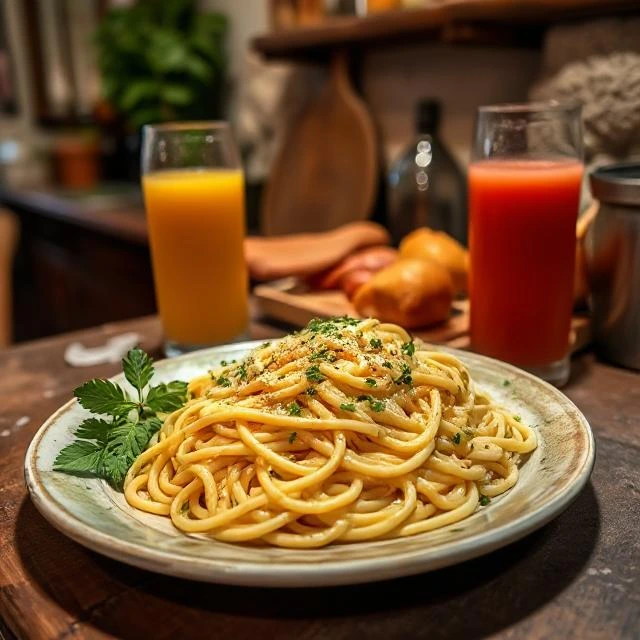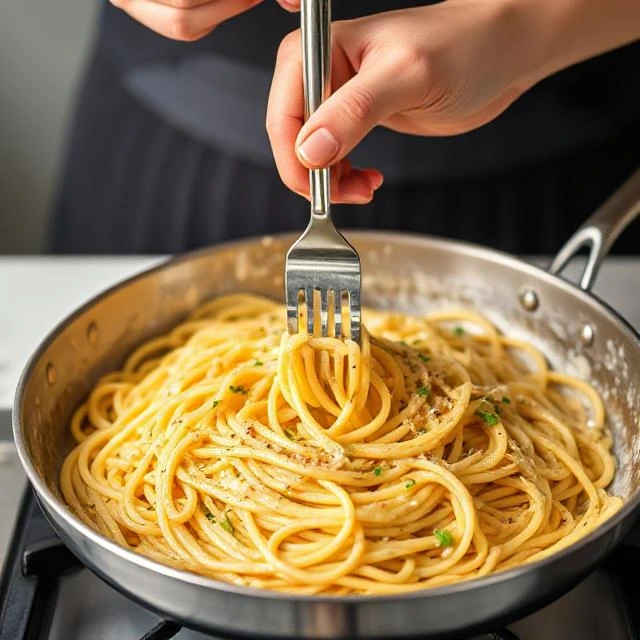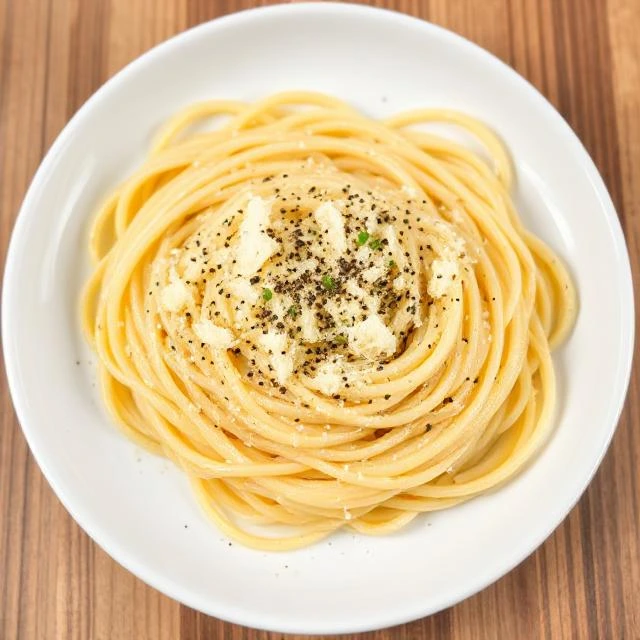Introduction
Carbonara is one of Italy’s most beloved pasta dishes, known for its creamy texture, rich flavor, and simple ingredients. Despite its popularity, many people struggle to recreate the authentic taste at home. The secret lies in using the right ingredients and techniques. In this guide, we’ll walk you through how to make a true Italian carbonara, just like nonna would. Whether you’re a seasoned cook or a beginner, this recipe will help you master the art of pasta. Let’s dive in!
The History of Carbonara
Carbonara has a fascinating history that reflects its humble origins and enduring appeal. Here’s what you need to know:
The Origins of Carbonara
Pasta is believed to have originated in Rome during the mid-20th century. Some theories suggest it was inspired by American soldiers who brought eggs and bacon to Italy during World War II.
Why It’s a Roman Classic
Carbonara is one of Rome’s four classic pasta dishes, alongside cacio e pepe, amatriciana, and gricia. Its simplicity and rich flavor have made it a staple of Roman cuisine.
The Evolution of Carbonara
Over the years, Pastahas been adapted in various ways, but the authentic recipe remains true to its roots: eggs, cheese, guanciale, and pasta.
Carbonara’s Global Popularity
Today, Pasta is enjoyed worldwide, but many versions deviate from the traditional recipe. Learning the authentic method ensures you experience the true flavors of Italy.

A rustic Italian kitchen with a plate of authentic Pasta
Essential Ingredients for Authentic Carbonara
The magic of carbonara lies in its simplicity and quality of ingredients. Here’s what you’ll need:
Guanciale: The Star Ingredient in Carbonara
Guanciale, or cured pork cheek, is the traditional meat used in carbonara. Its rich, fatty flavor is irreplaceable. If unavailable, pancetta is a good substitute.
Pecorino Romano Cheese: Key to Authentic Carbonara Flavor
Pecorino Romano, a salty, aged sheep’s milk cheese, is essential for the sauce. Avoid substituting with Parmesan for the authentic taste.
Fresh Eggs: The Creamy Base
Eggs are the key to carbonara’s creamy texture. Use high-quality, fresh eggs for the best results.
Pasta: Spaghetti or Rigatoni
Spaghetti is the classic choice, but rigatoni is also popular in Rome. Use high-quality durum wheat pasta for the perfect al dente texture.

A tabletop spread of Pasta ingredients: guanciale, eggs, Pecorino Romano, and spaghetti
Step-by-Step Guide to Making Authentic Carbonara
Making Roman-style pasta is all about technique. Follow these steps for perfect results:
Cook the Guanciale for Carbonara
Dice the guanciale and cook it in a pan until crispy. Reserve the rendered fat for the sauce.
Prepare the Egg and Cheese Mixture
Whisk together eggs, grated Pecorino Romano, and black pepper in a bowl. This will form the creamy sauce.
Cook the Pasta Al Dente for Carbonara
Boil the pasta in salted water until al dente. Reserve a cup of pasta water to adjust the sauce consistency.
Combine Everything
Toss the hot pasta with the guanciale and fat, then remove from heat. Add the egg mixture and stir vigorously to create a creamy sauce. Use pasta water to loosen the sauce if needed.

A step-by-step process of making carbonara, from cooking guanciale to tossing pasta with the sauce
Tips for Perfect Carbonara Every Time
Avoid common mistakes and elevate your carbonara with these expert tips:
Don’t Use Cream
Authentic Roman-style pasta doesn’t include cream. The creaminess comes from the egg and cheese mixture.
Control the Heat
Remove the pan from heat before adding the egg mixture to avoid scrambling the eggs.
Use Pasta Water Wisely
Pasta water is key to achieving the right sauce consistency. Add it gradually to avoid making the sauce too thin.
4. Serve Immediately
Carbonara is best enjoyed fresh. Serve it right after preparing to enjoy its creamy texture.

A chef tossing spaghetti Roman-style pasta in a pan, creating a creamy sauce
Serving and Pairing Carbonara
Once your carbonara is ready, here’s how to serve and enjoy it:
Garnish with Extra Pecorino and Pepper
Top the dish with freshly grated Pecorino Romano and a sprinkle of black pepper for added flavor.
Pair with a Crisp White Wine
A glass of Italian white wine, such as Frascati or Vermentino, complements the richness of carbonara.
Serve with a Side Salad
A simple arugula salad with lemon dressing balances the dish’s richness.
Enjoy as a Main Course
Carbonara is hearty enough to be a main dish. Serve it with crusty bread to soak up every bit of sauce.

A beautifully plated Pasta with grated Pecorino Romano and black pepper, served with wine
Conclusion
Authentic carbonara is a celebration of simplicity and quality. With just a handful of ingredients and the right technique, you can recreate this Italian classic in your own kitchen. Whether you’re cooking for a special occasion or a weeknight dinner, this recipe will transport you straight to Rome. So grab your ingredients, follow the steps, and get ready to enjoy the creamiest, most flavorful Roman-style pasta you’ve ever tasted. Buon appetito!
Advice
For an authentic carbonara, simplicity is key—no cream, just eggs, cheese, pasta, and pancetta or guanciale. Start by cooking your pasta (spaghetti is traditional) al dente in salted water. In a separate bowl, whisk together eggs and finely grated Pecorino Romano and Parmigiano-Reggiano for a creamy, tangy base. Meanwhile, cook the pancetta or guanciale in a hot pan until crispy, releasing its flavorful fat. Once the pasta is done, reserve some pasta water, then quickly toss the hot pasta with the egg mixture and pancetta, using the reserved water to create a silky sauce. Serve immediately for a creamy, perfectly balanced carbonara that’s rich without being overly heavy!

